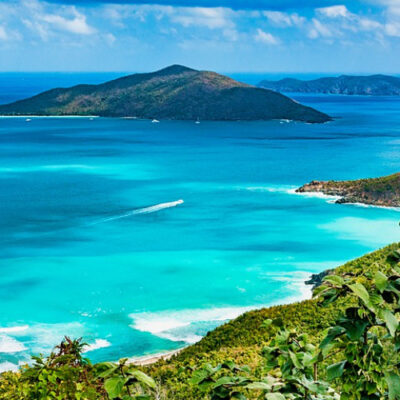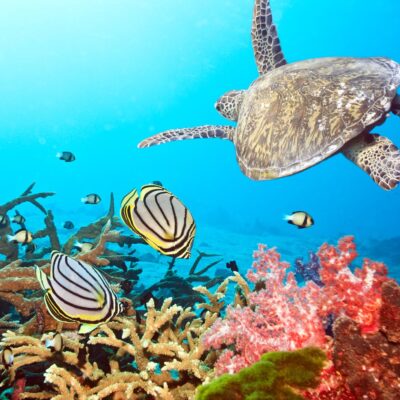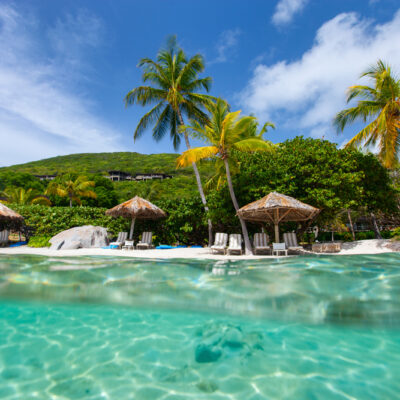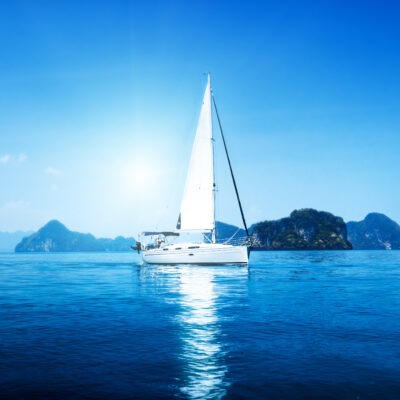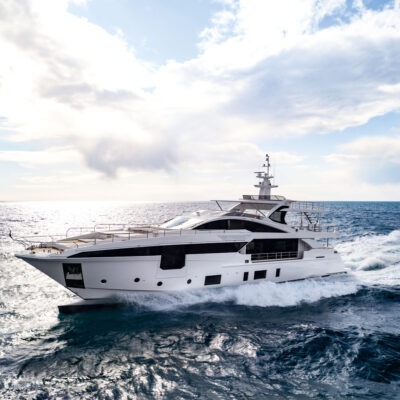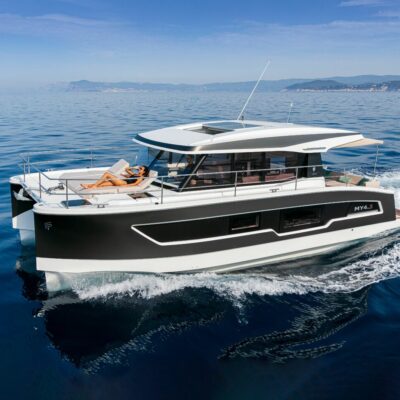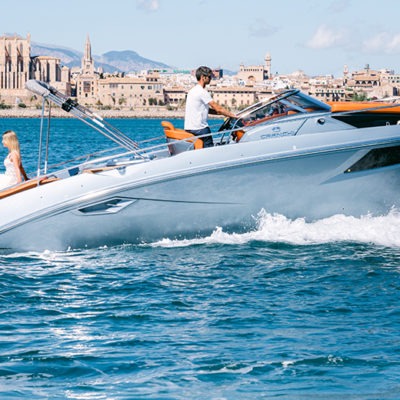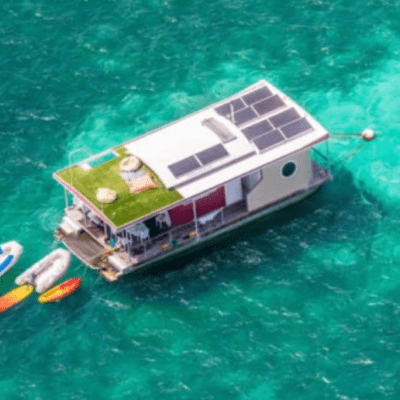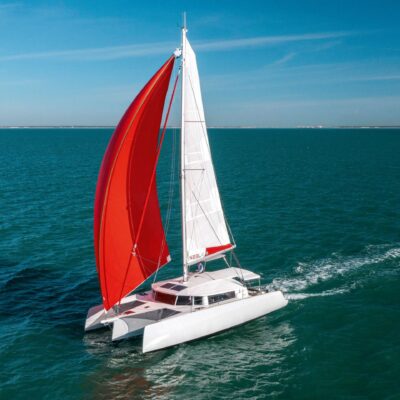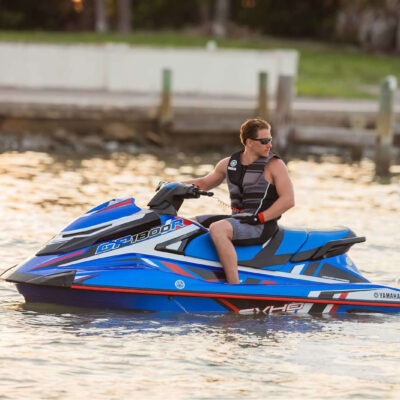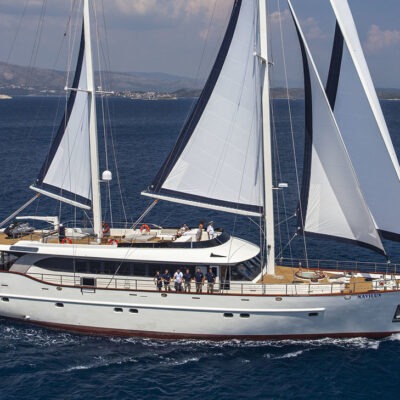British Virgin Islands

The British Virgin Islands are part of the Lesser Antilles, including the Virgin Islands, in the Caribbean, northeast of the U.S. Virgin Islands. It is made up of more than 50 islands, 16 of which are inhabited. The largest islands are Tortola, Virgin Gorda, Anegada and Jost Van Dyke.
The islands were discovered by Christopher Columbus on his second trip in 1493 and the islands were named “The Island Of Eleven Thousand Virgins”. It was first settled by the Dutch in 1648.
Bath National Park
The Baths is a collection of massive granite boulders, with white sand beaches and secret rock pools. A series of steps and rope handrails guide explorers along a trail through the boulders from the beach at The Baths to the sandy expanse that is Devil’s Bay. This popular daytime anchorage is ideal for swimming and snorkeling.
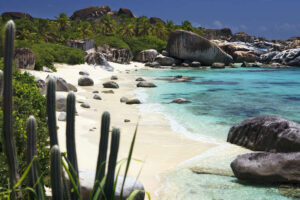
Anegada
Sail to the low-lying coral island of Anegada to see flamingos, salt ponds and white sandy beaches. Try the native lobster and rum smoothies
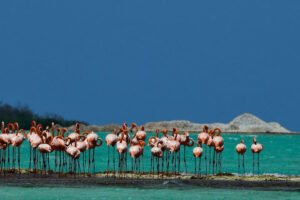
Rhone Marine Park (Salt Island)
Salt Island is a T-shaped island where the salt making is the main activity, however the Rhone Marine Park is the major attraction of the place. During a hurricane in 1867, the mail ship Rhone bumped off the rocks at the southwest coast. Currently, it serves as a national park where remains of the steamer are extensive making it a hotspot for best wreck dives in the entire Caribbean.
Full Moon Party
If you’re lucky enough to be vacationing during a full moon, don’t miss this lively yet family-friendly beach party, complete with music, food, drinks and flaming fireball sculptures.

Weather:
The best time to visit the British Virgin Islands is between December and May when trade winds are the most steady and temperatures are comfortable, although the BVIs have pleasant weather for most of the year.
Temperatures in the BVIs are around 25 Celsius degrees to 28 Celsius degrees all year round. August is the hottest and sunniest month and sea temperatures are warmest in September. The hurricane season is between June and October, which is also the wettest month.
Wind:
Winds are mainly from east or northeast, depending on the time of year, and the sailing area is less crowded when the winds are lighter. Groundswells can occur between December and March.
The sailing conditions for British Virgin Islands are excellent, with gentle and near constant winds most of the year, calm seas at 3 to 4 feet.
General:
The language spoken is English.
The documents you need include a valid passport for the duration of stay. Non-US citizens visiting the need a passport and also a visa.
Banking:
The currency is the US Dollar (USD).
Internet:
There is internet access in some cafes and Wi-Fi hotspots, but you may need to pay.

 Ask for a free consultation
Ask for a free consultation 